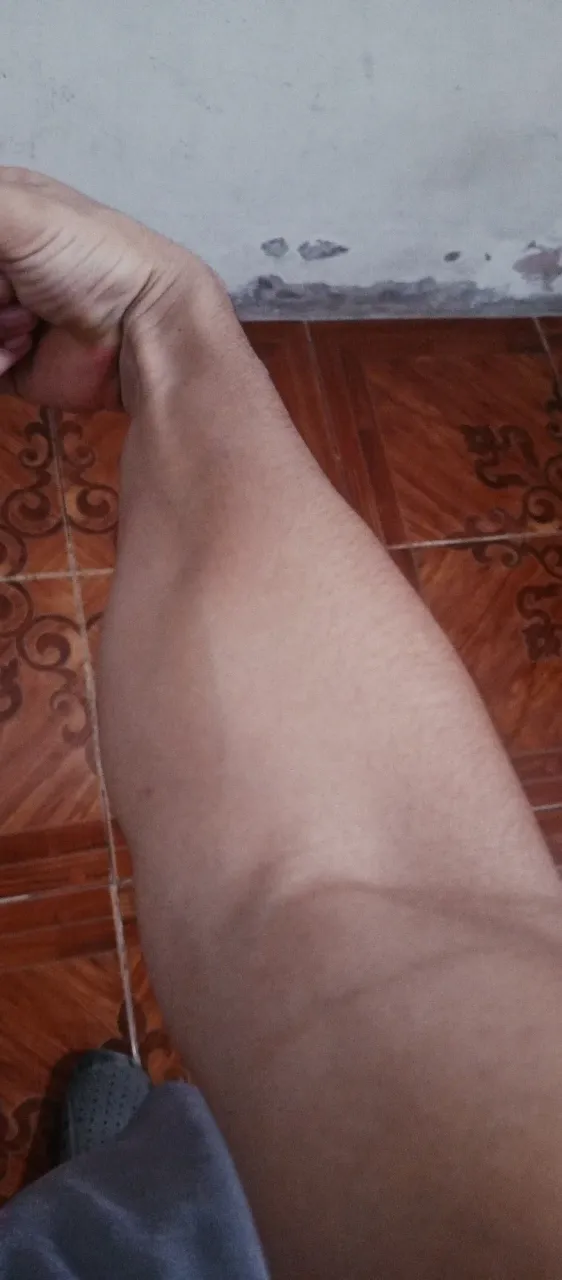
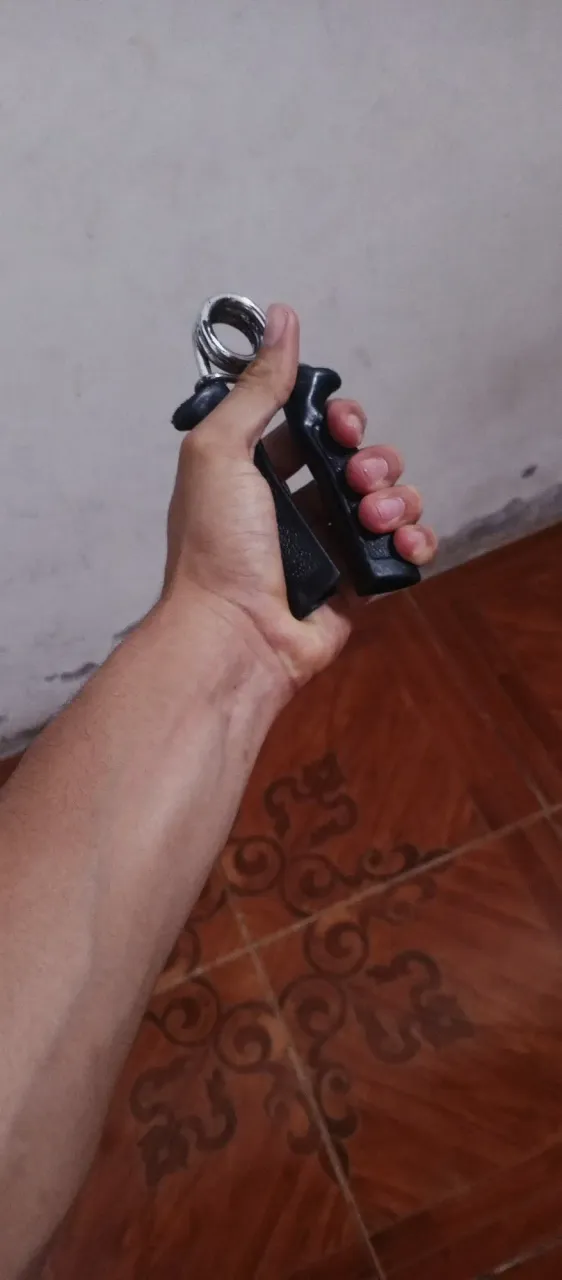
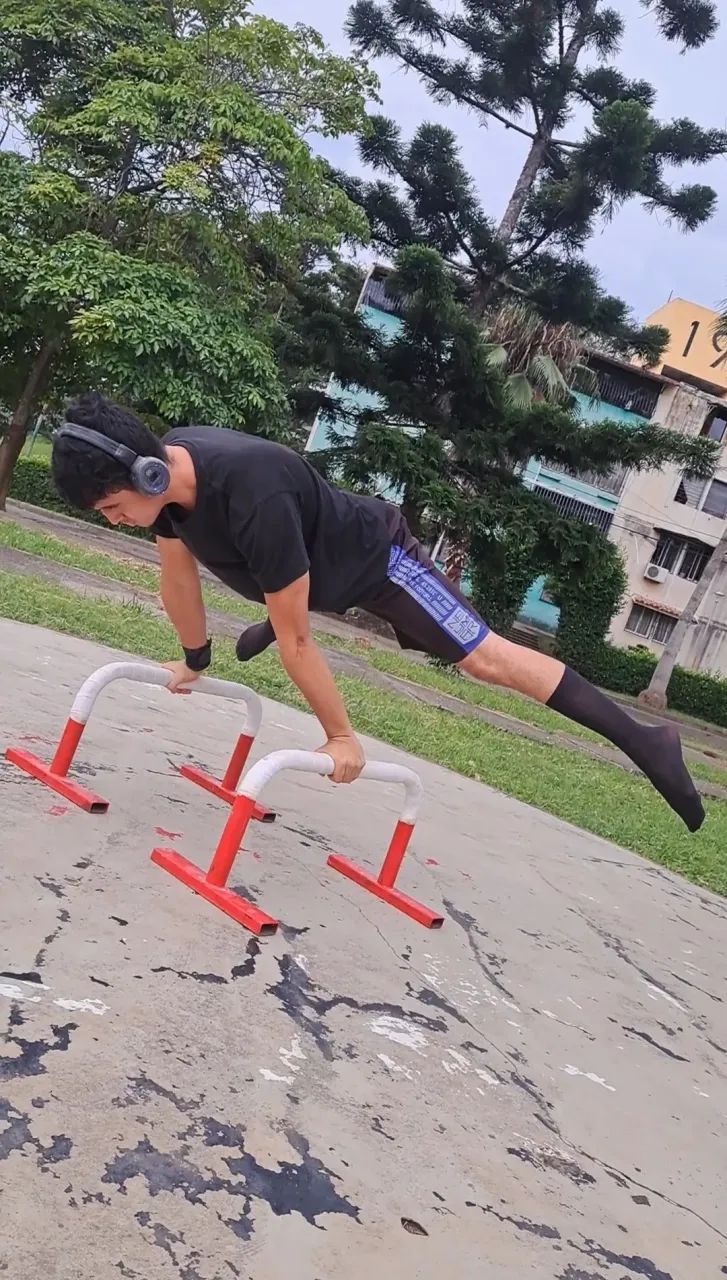
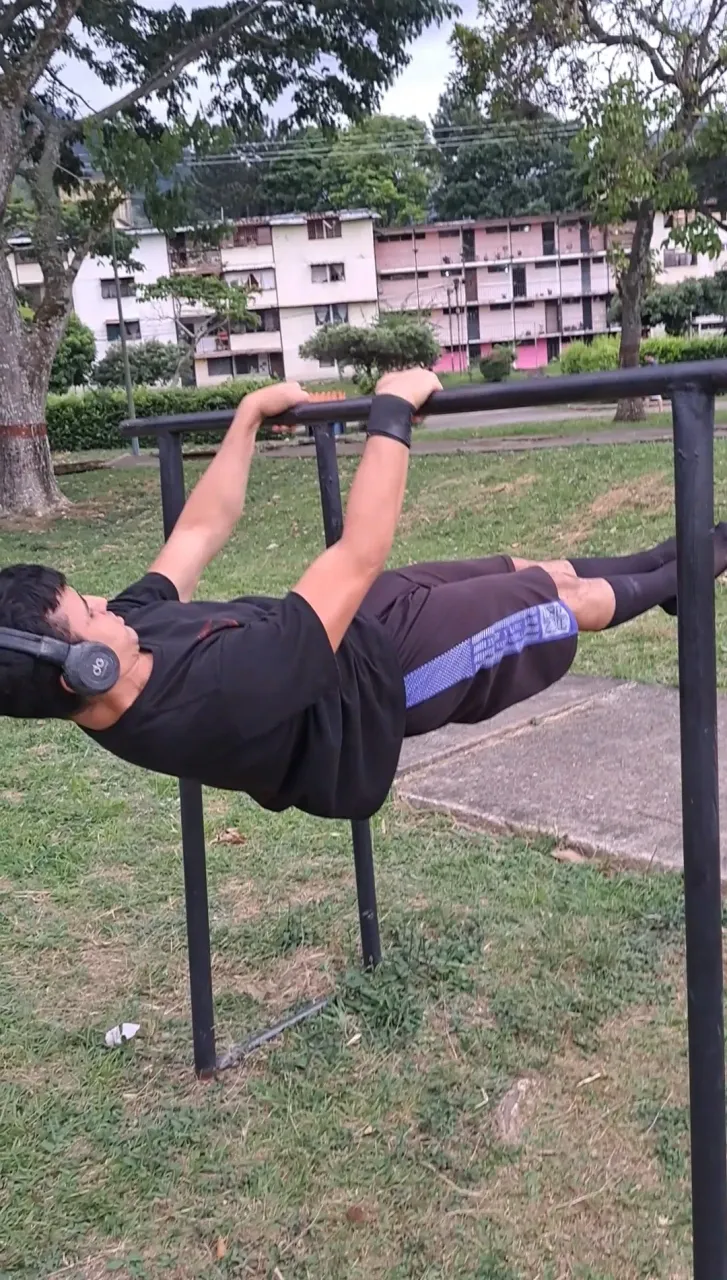
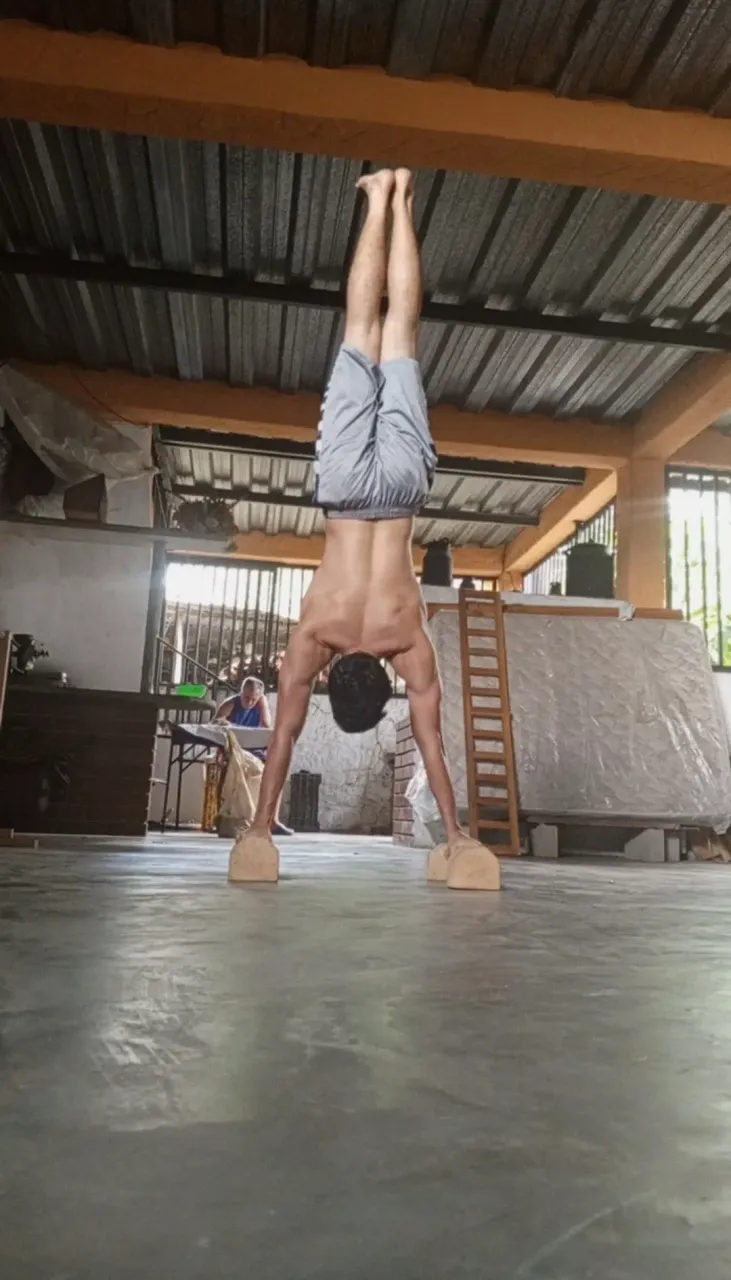

Un gran saludo a toda la blockchain de #Hive y a toda la comunidad de #swc, espero todos estén teniendo un gran día, en la publicación de hoy les mostraré la importancia de entrenar los antebrazos para los ejercicios isométricos en la calistenia.
A big greeting to the entire #Hive blockchain and the entire #swc community, I hope everyone is having a great day, in today's post I will show you the importance of training the forearms for isometric exercises in calisthenics.
Muchas veces nos vemos débiles al hacer ejercicios dentro de la calistenia, como por ejemplo las planchas o las palancas en front level, ya sean progresiones bajas o variantes en el mismo y esto ¿a qué se debe? La mayoría de las ocasiones suelen ser debido a la falta de fuerza en los músculos descompensados, y un músculo que solemos olvidar es el antebrazo, que aunque existen numerosos ejercicios de calistenia que lo ejercitan, no está de más trabajarlo por separado ya que brinda muchos beneficios, a continuación les diré algunos de estos.
Many times we feel weak when doing exercises within calisthenics, such as planks or front level levers, whether they are low progressions or variations on them, and why is this? Most of the time they are usually due to the lack of strength in the unbalanced muscles, and a muscle that we tend to forget is the forearm, which although there are numerous calisthenics exercises that exercise it, it does not hurt to work it separately since it provides many benefits, below I will tell you some of these.
El agarre, Los antebrazos son responsables de la fuerza de agarre, lo que te permite mantenerte agarrado a las barras o al suelo durante la ejecución de los ejercicios. Un agarre débil te impedirá mantener la posición y te hará perder el equilibrio, la flexión en las muñecas, Los antebrazos también son responsables de la flexión de la muñeca, lo que te permite mantener las muñecas en la posición correcta durante los ejercicios. Una mala flexión de la muñeca puede provocar dolor e incluso lesiones y la más importante la estabilidad Los antebrazos también ayudan a estabilizar las muñecas y los codos, lo que es esencial para mantener el control corporal durante los ejercicios. Una mala estabilización puede provocar temblores y dificultar el mantenimiento de la posición correcta.
The grip, the forearms are responsible for grip strength, which allows you to hold on to the bars or the floor during the execution of the exercises. A weak grip will prevent you from maintaining the position and will cause you to lose balance, flexion in the wrists, The forearms are also responsible for wrist flexion, which allows you to keep your wrists in the correct position during exercises. Poor wrist flexion can lead to pain and even injury, most importantly stability. The forearms also help stabilize the wrists and elbows, which is essential for maintaining body control during exercises. Poor stabilization can cause tremors and make it difficult to maintain the correct position.
Cabe recordar que el entrenamiento de antebrazos es solo una parte del proceso para lograr la straddle planche y el front level. También es importante entrenar el resto del cuerpo, especialmente la parte superior del cuerpo y el core. Además, es fundamental practicar los ejercicios con regularidad y tener paciencia, ya que estos ejercicios requieren mucho tiempo y esfuerzo para dominarlos.
It is worth remembering that forearm training is only part of the process to achieve the straddle planche and front level. It is also important to train the rest of the body, especially the upper body and core. Additionally, it is essential to practice the exercises regularly and be patient, as these exercises require a lot of time and effort to master.

 |
|---|
EDITION DETAILSTranslator: Translate Google
|


